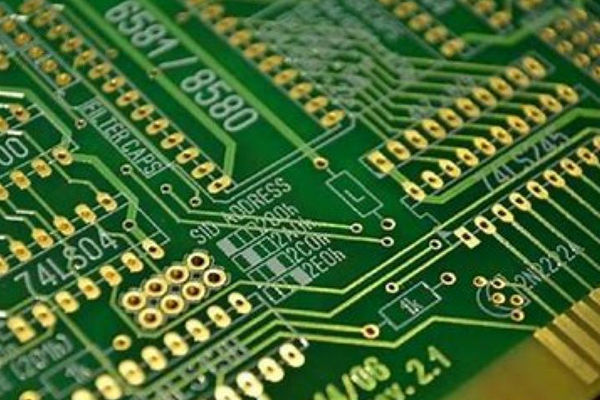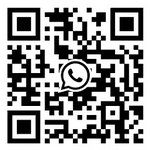The surface and core materials of the substrate used in composite-based printed circuit boards are composed of different reinforcing materials. The mechanical properties and manufacturing costs of composite-based copper clad laminates are between paper-based copper clad laminates and epoxy glass fiber cloth copper-clad laminates. The composite-based copper clad laminate substrates are mainly CEM (Composite Epoxy Material) series, among which CEM-1 and CEM-3 are the most representative.
Copper Clad Plate
CEM-1 Copper Clad Laminate
CEM-1 copper-clad laminate. It is improved based on FR-3. FR-3 is a composite of paper-based impregnated epoxy resin and copper foil. CEM-1 is made by impregnating paper-based epoxy resin, compounding a layer of glass fiber cloth on both sides, and then hot-pressing it with copper foil. Therefore, CEM-1 has two more layers of glass fiber cloth than FR-3 in structure. Therefore, the comprehensive performance of CEM-1, such as mechanical strength, moisture resistance, flatness, heat resistance, and electrical performance, is better than that of paper-based CCL.
Therefore, CEM-1 can be used to make PCBs with high-frequency characteristics, such as TV tuners, power switches, ultrasonic equipment, computer power supplies, and keyboards. It can also be used for TVs, recorders, radios, electronic equipment instruments, office automation equipment, etc. CEM-1 is an ideal replacement for FR-3.
CEM-1 Copper Clad Laminate Characteristics.
① The main performance is better than that of paper-based copper-clad laminate.
② Excellent mechanical processing performance.
③ The cost is lower than that of glass fiber cloth copper clad laminate.

CEM-3 Copper Clad Laminate
CEM-3 copper clad laminate. It is an improvement on FR-4. CEM-3 is made of glass felt (also known as non-woven fabric) impregnated with epoxy resin, and then glass fiber cloth is attached to both sides and then compounded with copper foil and hot-pressed. The difference between it and FR-4 is that glass felt is used to replace most of the glass fiber cloth, which increases the degree of “cutting” in terms of mechanical properties. Usually, CEM-3 is directly made into double-sided copper-clad laminate. CEM-3 boards are easier to process than FR-4 in drilling. The reason is that glass felt is looser than glass fiber in structure, and it is also better than FR-4 in punching.
The shortcomings of CEM-3 compared with FR-4: CEM-3 is not as thick and accurate as FR4; after PCB welding, the degree of distortion is also higher than FR-4.
In short, CEM-3 is a product similar to FR-4 and can be used to make PCBs for a variety of electronic products, especially in terms of price.
CEM-3 Copper Clad Laminate Characteristics.
①Basic performance is equivalent to FR-4 copper clad laminate.
②Excellent machining performance.
③The use conditions are the same as FR-4 copper-clad laminate.
④The cost is lower than FR-4 copper clad laminate.
Some CEM-3 products are superior to general FR-4 products in terms of tracking resistance (CTI), dimensional accuracy, and dimensional stability. Using CEM-1 and CEM-3 to replace FR-4 substrates to manufacture double-sided PCBs has been widely used in Japan, Europe, the United States, and other countries and regions.







